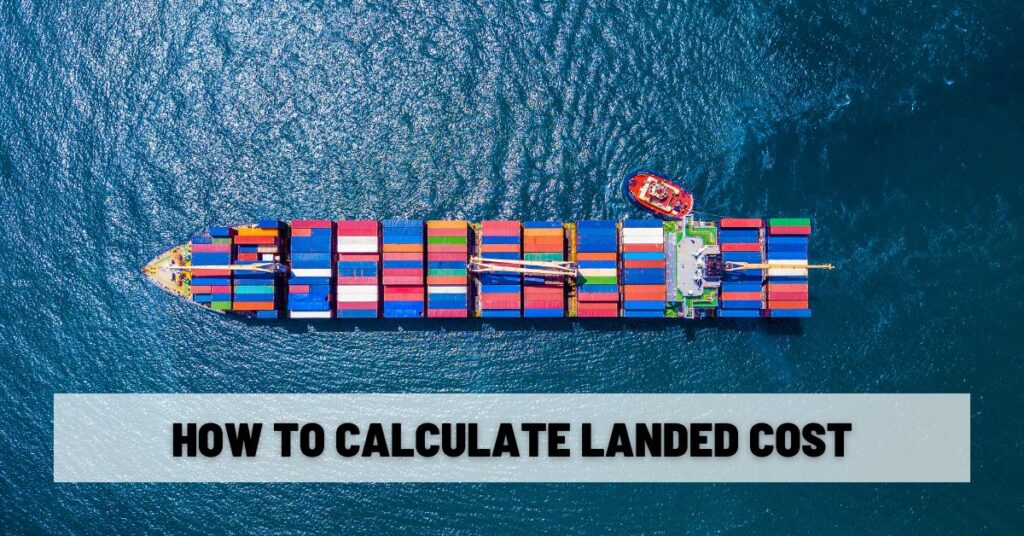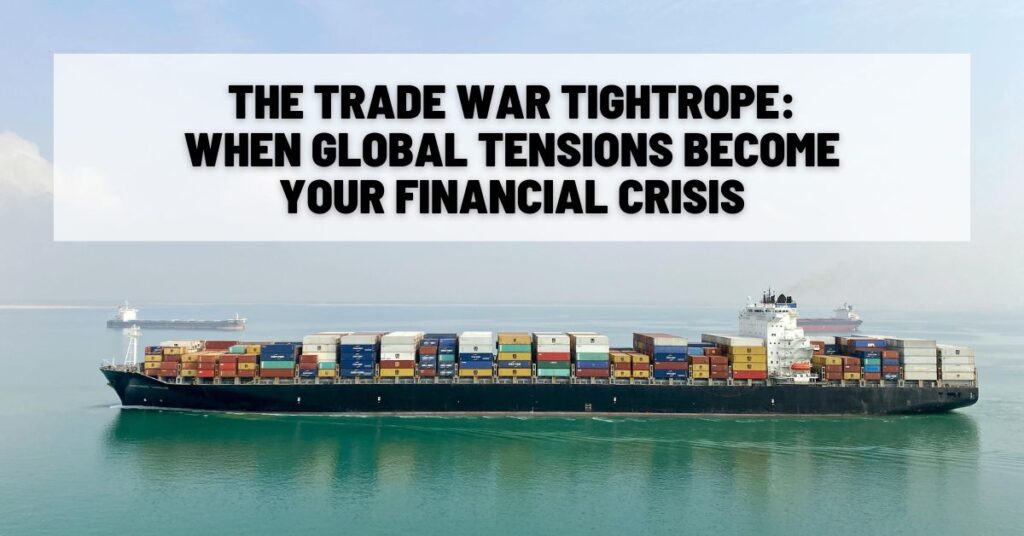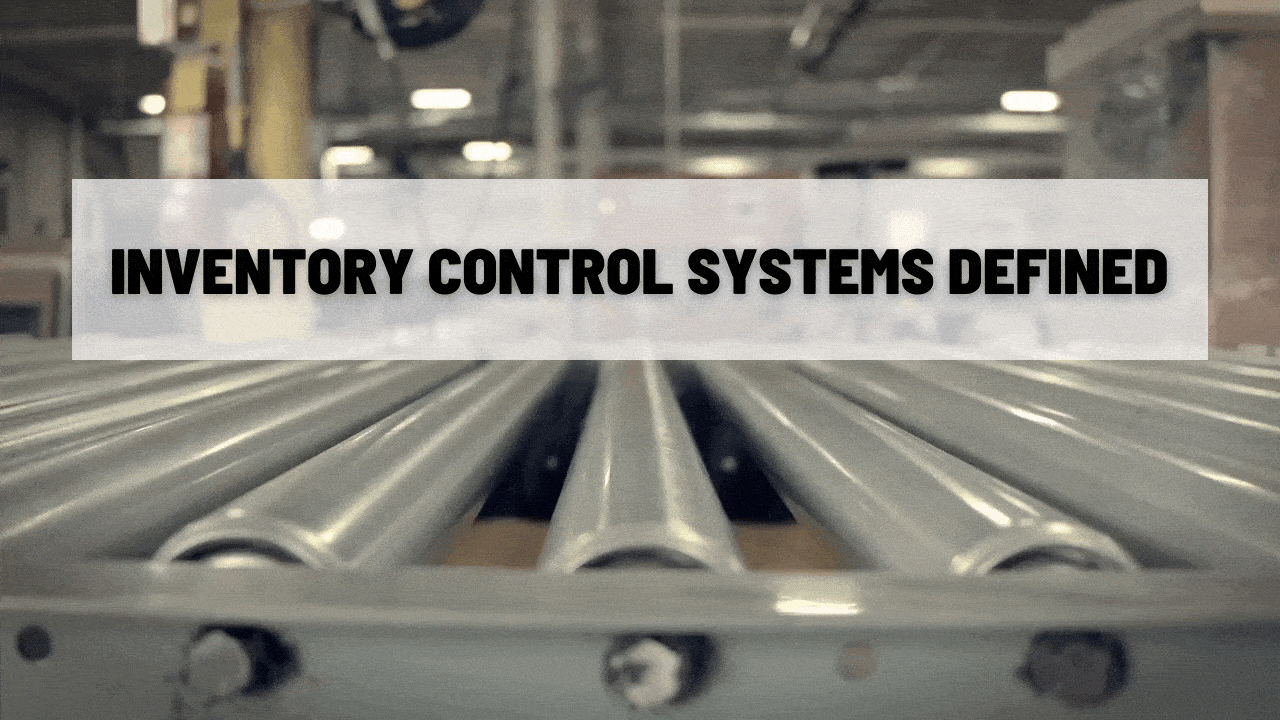The Hidden Dangers of Miscalculating Landed Costs
Are You Really in Control in Today’s Trade War Climate?
You know that feeling—that tight knot in your stomach when something doesn’t add up? When numbers on a spreadsheet look fine… until they don’t. When a shipment arrives, but instead of relief, you’re hit with a wave of panic because unexpected fees have just shredded your margins.
If you work in industrial supply distribution, you’ve likely felt this creeping fear. And if you haven’t yet, it’s only a matter of time—because in today’s volatile global trade environment, miscalculating your landed costs isn’t just a clerical error. It’s a threat to your company’s survival.

How to Calculate Landed Cost
Landed cost isn’t a luxury calculation—it’s your lifeline. It’s the difference between strategic control and reactive chaos. To survive in today’s trade climate, you must calculate landed costs with ruthless precision. Let’s start with the landed cost formula:
Landed Cost = Product Cost + Freight + Duties & Tariffs + Insurance + Brokerage + Handling Fees + Inland Transportation + Miscellaneous Costs
- Product Cost: The base price paid to your supplier.
- Freight & Logistics: International shipping, fuel surcharges, port fees, and last-mile delivery.
- Customs Duties & Tariffs: Stay updated daily. Leverage HS codes correctly and monitor trade regulation changes religiously.
- Insurance: Protect against damage, loss, or theft.
- Brokerage & Handling Fees: Costs for customs clearance, documentation, and inspections.
- Currency Fluctuations: That favorable exchange rate you assumed? It could turn against you overnight.
Relying on outdated assumptions or rough estimates is no longer acceptable. There are tools and software designed to track these variables in real time—use them. Work with customs brokers who understand the nuances of your industry and can alert you to changes before they become crises.
The Illusion of Control: When “Cost of Goods” Isn’t the Full Story
On paper, importing seems straightforward. You negotiate a price with your overseas supplier. You enter that number into your system, maybe pad it a little for shipping, and call it a day. But that number—the price you paid for the product—is just the tip of the iceberg.
Beneath the surface lurk import duties, taxes, tariffs, brokerage fees, insurance, port handling charges, storage, and inland transportation costs. And thanks to ongoing trade wars, those import duty fees aren’t stable—they’re a moving target, shifting with every political decision and retaliatory tariff.
If you’re not calculating every single cent that it takes to get your product from a factory floor in another country to your warehouse shelf, you’re playing a dangerous game.

The Trade War Tightrope: When Global Tensions Become Your Financial Crisis
We don’t live in the same world we did five years ago. The U.S.-China trade war, EU tariffs, and unpredictable sanctions have transformed global sourcing into a minefield. Tariff rates that were once predictable have doubled, tripled—or appeared overnight.
One day, your imported industrial valves carry a 3% duty. The next, you’re staring down a sudden 25% tariff because your product category got caught in a political crossfire. Did you plan for that? Did your pricing strategy absorb it? Or did it blindside you—turning what you thought was a profitable shipment into a financial sinkhole?
Governments don’t care if you were unaware. Customs will demand payment—before your goods are released. And if you didn’t budget for those excess fees? Well, now you’re scrambling. Do you eat the cost and destroy your margins? Or do you pass it on to your customers and risk losing them to competitors who planned better?
The High Cost of Ignorance: What Happens When Landed Costs Are an Afterthought
It starts small. A few shipments here and there where you underestimated duties or forgot to account for fluctuating freight rates. You tell yourself it’ll balance out. But it doesn’t.
Soon, your P&L statements are bleeding. Inventory that was supposed to drive profit is sitting in your warehouse like dead weight because you can’t price it competitively. Cash flow tightens because unexpected customs fees are draining reserves you didn’t think you’d need.
Worse, your credibility starts to erode. Sales teams lose confidence because pricing keeps shifting. Customers get frustrated with inconsistent quotes. Leadership starts asking tough questions about why margins are shrinking when sales volumes are steady.
And that’s when the real fear sets in—the realization that you’re not in control. That every shipment is a gamble because you never truly knew your all-in costs to begin with.
The Consequences Are Real—and Personal
This isn’t just about numbers on a spreadsheet. It’s about the late nights wondering how you’ll explain shrinking margins to your CFO. It’s about the anxiety of seeing a shipment stuck at port because duties weren’t properly forecasted. It’s about watching competitors outmaneuver you because they saw the storm coming—and you didn’t.
If you fail to properly calculate landed costs, you’re not just risking profit—you’re risking your reputation, your company’s stability, and your peace of mind.

The Bottom Line: You Can’t Afford to Guess
Every day you operate without a clear, comprehensive understanding of your landed costs is a day you hand over control—to customs authorities, to freight carriers, to the chaos of global politics.
But it doesn’t have to be this way. You can regain control. You can turn that feeling of helplessness into confidence—if you commit to mastering the full picture of what your imports truly cost.
Because in this environment, ignorance isn’t bliss—it’s bankruptcy.


